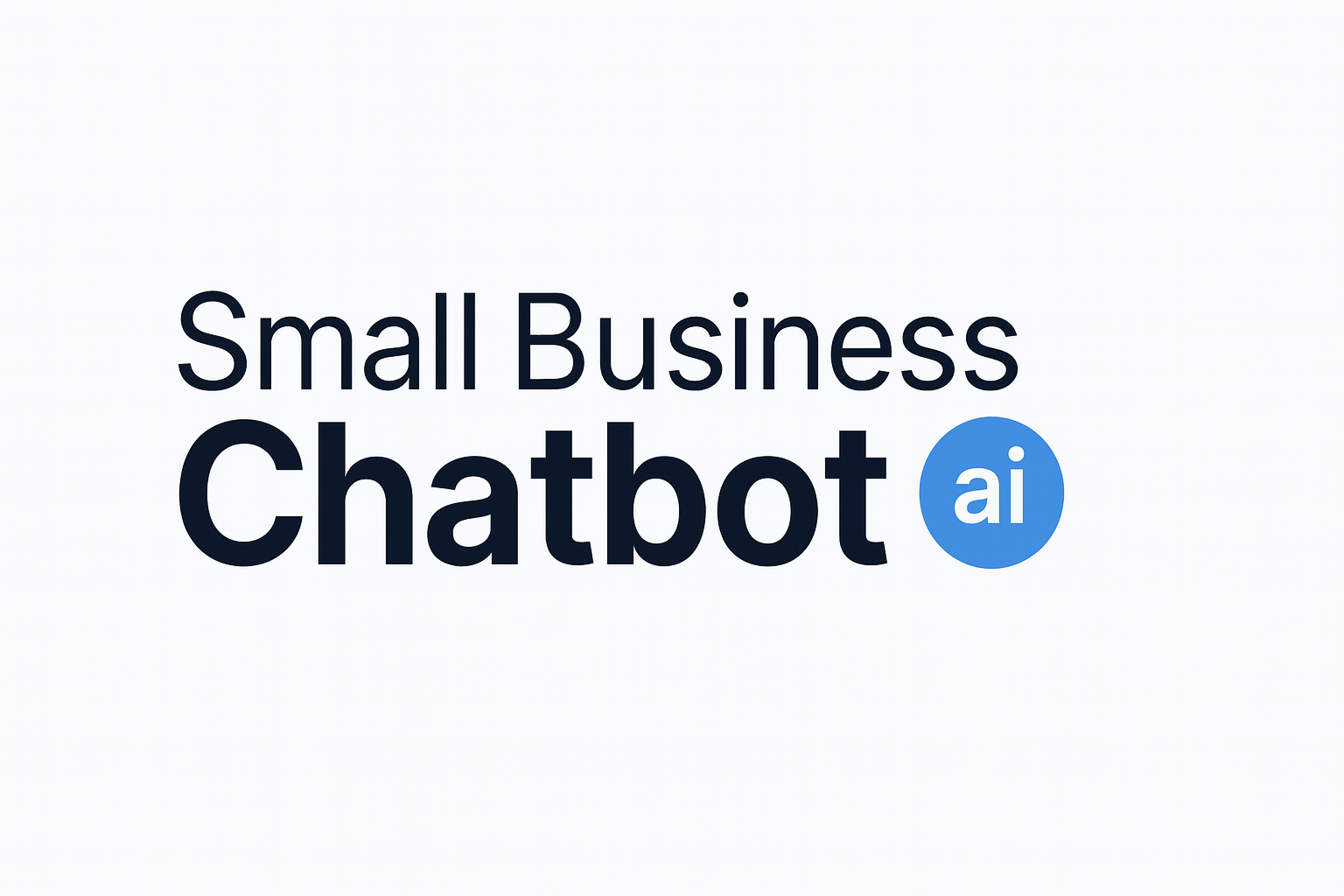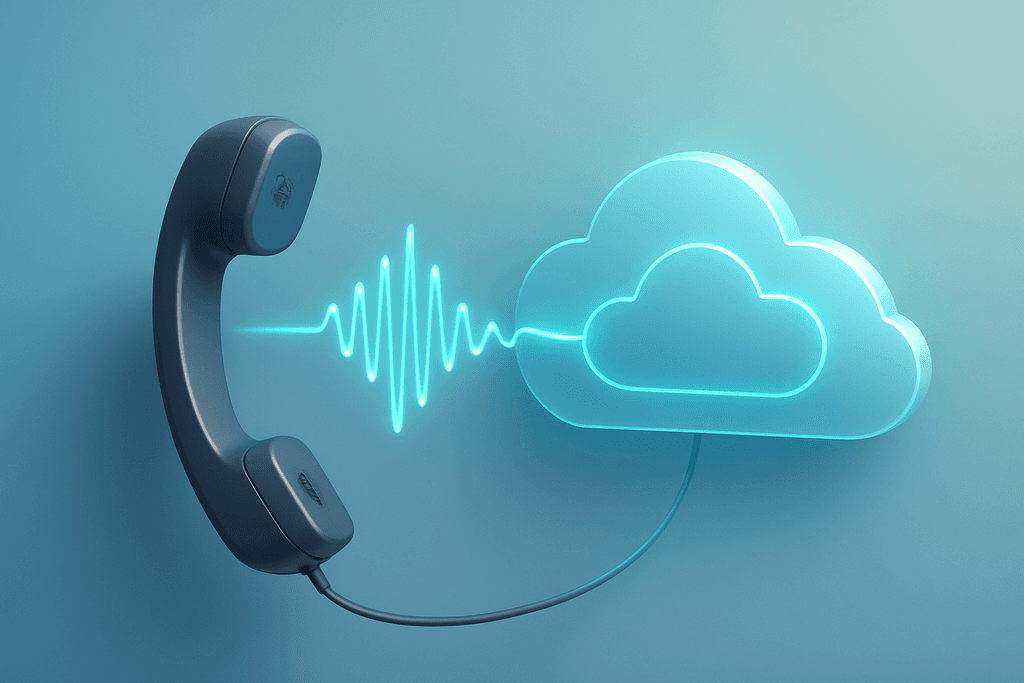Designed for owners and office managers of pool cleaning, maintenance, and repair companies in the United States.
Why pool companies need an AI receptionist now
Pool service demand surges during warm months and whenever the weather turns suddenly—it’s exactly when phone lines get jammed and owners are on-site, not at a desk. An AI receptionist answers every call or web chat instantly, qualifies the request, books the job, and routes emergencies without adding payroll hours. The result: fewer missed opportunities, smoother schedules, and happier customers.
What this means for pool maintenance and repair
- Answering every call 24/7 converts more quotes into booked routes, especially during summer spikes.
- Instant triage separates routine cleanings from urgent issues (green water, pump failure) and gets the right tech scheduled.
- Self‑service for common questions (pricing tiers, service areas, filter care) frees staff time without sacrificing customer experience.
What an AI receptionist can do for pool services
Core capabilities
- 24/7 call answering and web chat with natural, human‑like dialogue.
- Appointment scheduling into your existing calendar with automatic confirmations and reminders.
- Lead capture (name, address, gate code, pool type/size) synced to your CRM.
- After‑hours emergency routing to on‑call numbers with notes from the conversation.
- Skill‑based routing (new installs vs. weekly service vs. repairs).
- Bilingual support (e.g., English/Spanish) where enabled.
Pool‑specific workflows
- “Green pool” triage: asks last service date, chlorine method, filter status; proposes fastest available slot.
- Quote intake: captures pool dimensions, surface, sanitizer, and add‑ons (vacuum, tile, acid wash).
- Seasonal openings/closings: books multi‑step visits and sets follow‑up reminders.
- Commercial accounts: logs site access rules and insurance documentation requirements.
Feature checklist
- Answers instantly by phone and chat, day or night.
- Books and reschedules visits from live availability.
- Syncs transcripts and call notes to your CRM.
- Recognizes urgent issues and escalates to the right human.
- Collects photos or videos via link for quicker diagnosis (optional).
- Maintains a friendly brand voice you define.
How it fits your scheduling and CRM tools
AI receptionists work best when they plug directly into the tools you already use—calendars, CRMs, and field‑service apps. That way, new leads auto‑appear on your pipeline, jobs land on the right route, and customers receive confirmations without manual entry.
- Calendar: book, reschedule, and cancel from real availability.
- CRM: create/update contacts and deals; log transcripts for follow‑up.
- Dispatch: tag jobs by territory or technician skills.
- Email/SMS: send confirmations and reminders automatically.
See supported tools and one‑click connections on the Small Business Chatbot integrations page.
Step‑by‑step: launch in days
- Pick your call flows. List the 5 most common reasons people contact you (e.g., weekly service quote, green pool, pump repair, opening/closing, new build).
- Draft answers. Write short, plain‑English responses your brand would say. Avoid jargon; favor clarity.
- Connect your tools. Link calendar, CRM, and on‑call numbers so bookings and escalations are automatic.
- Test real scenarios. Call as a “new customer,” then as an “urgent repair.” Adjust prompts and escalation rules.
- Go live with monitoring. Review transcripts daily for the first week; tweak phrasing and routing as needed.
Quality checklist before you go live
- Greeting matches your brand and clearly identifies your business.
- Service areas, hours, and pricing tiers are accurate.
- Escalation numbers and voicemail fallback are verified.
- Calendar buffers and drive‑time rules are set.
- Transcripts flow into your CRM with owner assignment.
ROI and the metrics that matter
Track performance weekly. A few simple numbers tell the story:
- Speed to answer: should be instant on both phone and chat (customers expect it).
- Booking rate: visits booked ÷ qualified inquiries.
- Escalation rate: percent of conversations routed to a human (aim to reduce unnecessary escalations over time).
- No‑show rate: confirmations and reminders should drive this down.
- Cost per booking: total monthly cost of AI ÷ bookings; compare against labor or answering service costs.
Tip: If after‑hours calls were previously lost to voicemail, even a handful of captured emergency jobs each month typically pays for the system several times over.
Compliance, safety, and human handoff
- Transparency: the agent should politely identify itself as your receptionist and offer a human at any time.
- Privacy: store recordings/transcripts securely; restrict access to managers and assigned techs.
- Safety scripts: for chemical issues or electrical risks, provide basic guidance and immediate escalation—never detailed technical advice.
- Handoff: urgent calls route to on‑call staff with a concise summary and caller details.
Why choose Small Business Chatbot for pool services
- Built for local services: optimized flows for quotes, emergencies, and route planning.
- Fast setup: add your website and start capturing calls and chats in minutes.
- Deep integrations: connect calendars, CRMs, and email/SMS with a click.
- Human‑quality voice and chat: helpful, friendly tone that matches your brand.
- Proven results: see what other small businesses say on our customer reviews page.
Learn more about our platform on the Small Business Chatbot homepage, or browse supported connections on integrations.
Frequently asked questions for AI receptionists for pool services
1) Will an AI receptionist understand pool terminology?
Yes. You can preload terms like salt systems, DE filters, cartridge cleaning, and winterization. The agent uses this context to ask smarter questions and book the right service.
2) Can it schedule jobs around my existing route?
Connect your calendar and set buffers/territories. The AI will offer slots that respect drive times and technician skills, and it can reschedule when weather forces changes.
3) How are emergencies handled after hours?
Define escalation rules (e.g., pump failure or green pool). The receptionist gathers key info, then rings the on‑call number with a summary. If no answer, it can send SMS/email with call-back details.
4) What about customers who prefer a human?
The agent offers a live transfer or callback request at any time. Remember, many customers want instant acknowledgment first; phone remains the preferred channel for complex issues (see Salesforce).
5) Can it speak Spanish?
Yes—enable bilingual mode so callers can choose English or Spanish. You can add other languages later as your market demands.
6) How quickly can we go live?
Most pool service teams launch in a few days: connect tools, add scripts, test two or three real scenarios, and switch on after‑hours coverage first.
7) How do I prove ROI?
Track bookings captured outside business hours, total missed‑call reduction, and average job value. Compare against previous months or your answering service cost.
Sources: Marketplace; Salesforce; Zendesk.



